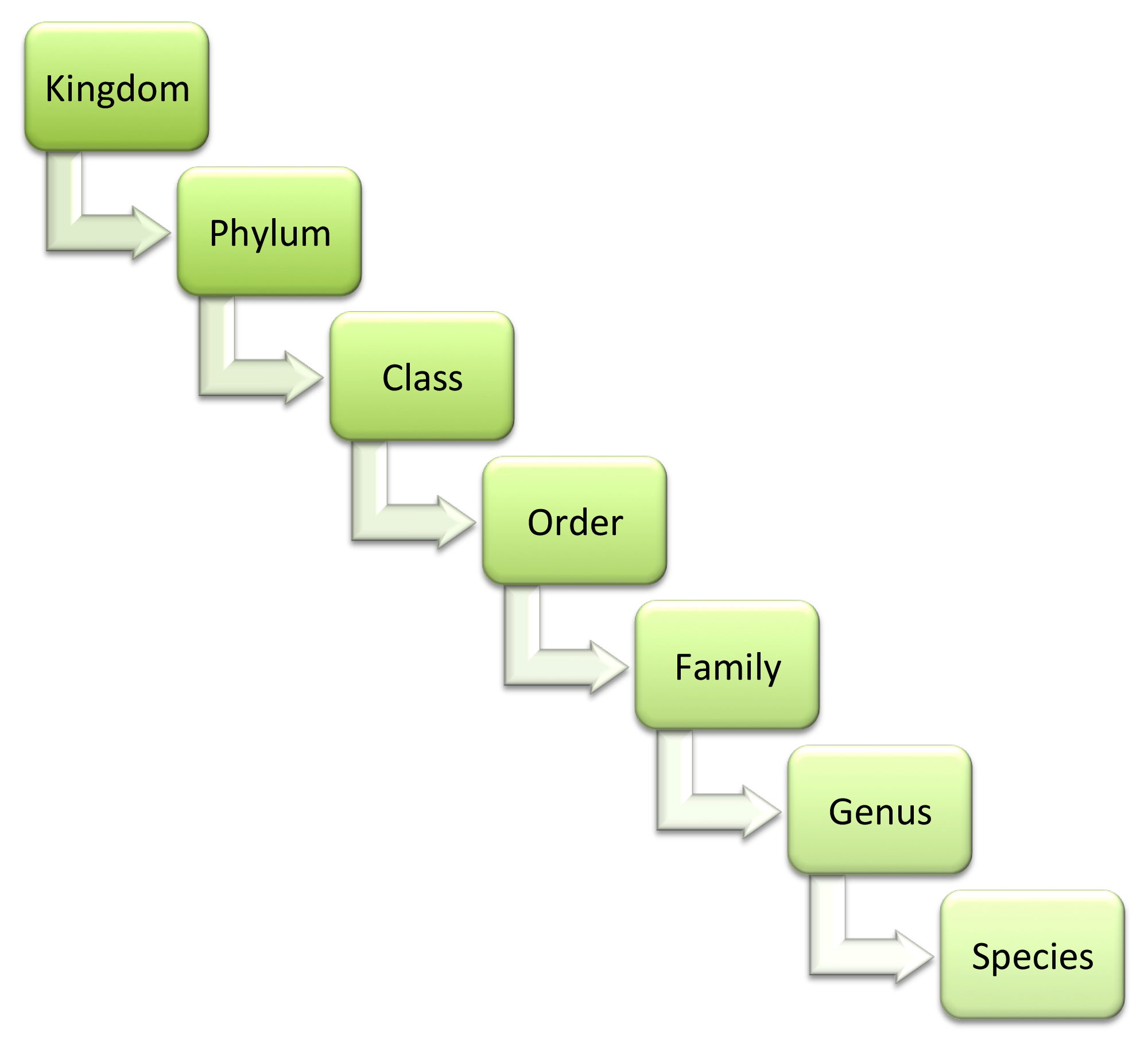Classification is the organising or sorting of organisms into groups according to their characteristics.
These may include body form, colour pattern, mode of development or genetics. The classification of organisms is referred to as taxonomy. Natural Science Museums are the ‘basis’ of taxonomy, where new species are described and named, and research on the classification of organisms is carried out.
When classifying organisms, taxonomists use the following framework:
Classification makes it easier to identify, describe and remember species. Since there are thousands of marine organisms described from Australian waters alone, and more new species are being discovered every year, the use of an international classification system is extremely important.
Classification is used for the scientific naming, identifying and describing of individuals, and determining relationships between groups and their evolutionary links – increasing the understanding of the biodiversity and ecology of all flora and fauna. Such information is essential for the planning and protection of biodiversity for the future.
Scientific names are internationally recognised names given to living things. Scientific names are always written in italics, with the genus name first, followed by the species name, e.g., Plectropomus leopardus is the scientific name for coral trout.
Taxonomists are scientists who classify and name plants and animals.
A Swedish botanist in 1753 by the name of Carolus Linnaeus devised a two-name system that we now know as binominal nomenclature. The first name is the organism’s generic name or genus. This is also used in the name of closely related organisms. The second name is the organism’s specific name or species.
A dichotomous key is a method for identifying something by going through a series of choices leading to the correct answer. Dichotomous means divided into 2 parts. At each step, there are two choices, with each answer leading to another question with a further 2 choices until the item is identified.
When making a dichotomous key:
- Use constant characteristics rather than variable ones.
- Use measurements rather than terms like ‘large’ and ‘small’.
- Use characteristics that are generally available to the user of the key rather than seasonal characteristics.
- Make the choice positive – something ‘is’ instead of ‘is not’.
- Precede descriptive terms with the name of the part to which they apply.
